History’s greatest use of strategic messaging
Clark S. Judge, managing director.
This will be a blog on current uses of strategic messaging. Most entries will run 200 words or fewer. But we thought that we would mark the relaunch of our blog with an account of events that shaped the founders of the White House Writers Group and in which they participated.
The story is much longer than 200 words. It is the topic of the lecture at the link:
Here, in fewer than 200 words, is the lecture’s close:
[I]f pressed about the role of his tactics and strategy, I believe [Ronald Reagan, were he with us] would say that, at bottom, what tipped the balance [in the Cold War] was that simple fact and central truth: That communism was incompatible with the human spirit… and that the assertion of this spirit in places where it had been suppressed required most essentially for someone to say, “You are not alone.”
And I feel certain he would applaud the truth of what the 2001 winner of the Nobel Prize for Literature, V.S. Naipaul said some years ago about what he called “the beauty of the idea of the pursuit of happiness.”
“So much is contained in it,” he said. “The idea of the individual, responsibility, choice, the life of the intellect, the idea of vocation and perfectibility and achievement.”
“It is,” he said, “ an immense human idea. It cannot be reduced to a fixed system. It cannot generate fanaticism. But it is known to exist, and because of that, other more rigid systems in the end will blow away.”
This is what Ronald Reagan believed in. This is what he stood for and fought for. This is what he achieved.
